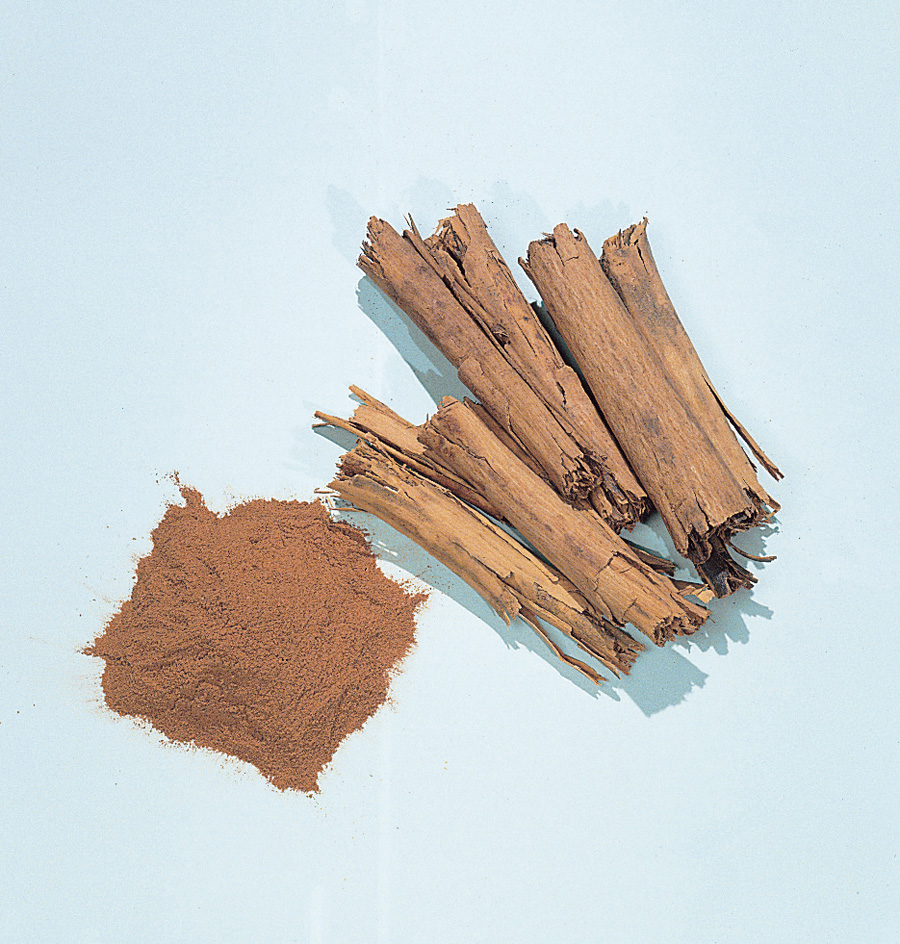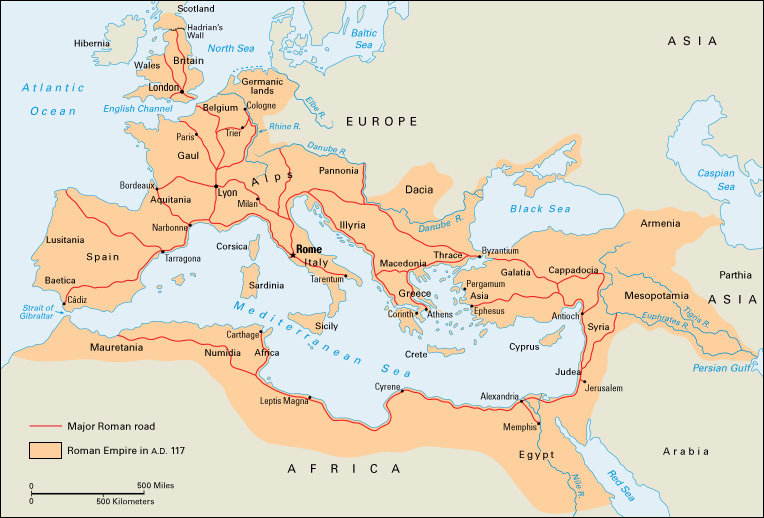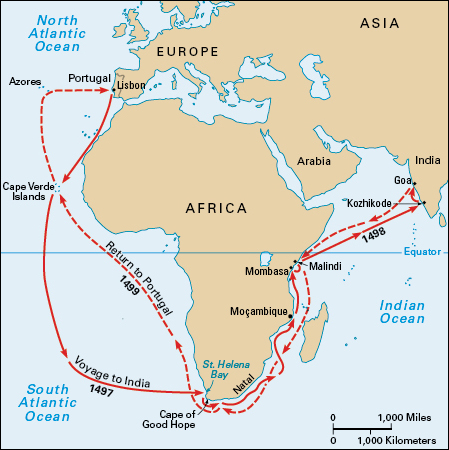Spice trade is the historical global commerce in, and shipping of, spices. The spice trade, particularly the trade from Asia to Europe, was an important driving force in exploration and international relations for many centuries. Spices that grew abundantly in parts of Asia became highly valued in Europe. The age of exploration in the 1500’s came about in part as western European countries sought better ways to get these spices.
Spices have played important roles in many civilizations. People use spices to flavor and preserve food, as well as in medicine and cosmetics. Historically, spices not only added flavor to food but also served to impress guests as a display of wealth. People burned some spices in incense or used them in perfume. People used other spices to preserve food for storage or transportation. Important spices include cinnamon, cloves, ginger, nutmeg, pepper, saffron, and turmeric. 
Many prized spices grew only in China, India, and such islands as the Moluccas (Spice Islands), now part of Indonesia. Merchants began to bring pepper from India to the Middle East as early as 4,000 years ago. Spices were transported both long and short distances along trade routes throughout the ancient world. For example, a lengthy network of trade routes later known as the Silk Road linked China with the lands surrounding the Mediterranean Sea. It flourished on and off from the 100’s B.C. to the A.D. 1500’s. Because spices were dry and easy to transport, they served as ideal commodities (items of value) for traders. Merchants often justified high prices by telling stories about travel to mystical lands where fantastic beasts might guard the precious spices.
Caravans carried spices from outpost to outpost, traveling across mountains and deserts. Roads were dangerous, as merchants could encounter bandits, war, and political strife. Routes maintained by the Roman Empire remained relatively safe until the West Roman Empire collapsed during the A.D. 400’s. Local governments then took control of the routes, and the routes became less secure. Similarly in China, imperial support and protection encouraged east-west trade during much of the Han dynasty (206 B.C.-A.D. 220) and Tang dynasty (A.D. 618-907), but commerce declined in times of political instability. The Mongol Empire’s control of China, Central Asia, and much of the Middle East from the mid-1200’s to the mid-1300’s increased the flow of trade during that period. 
Even when overland trade was disrupted, trade by sea continued. Asian traders exchanged spices and other goods in ports along the rivers and coasts of China, India, and Southeast Asia. Arab and Indian sailors handled most of the sea trade connecting India with seaports on the Persian Gulf and the Red Sea. The sea routes were safer, but merchants still faced danger from pirates and storms at sea.
From the mid-1300’s to the early 1500’s, the Ottoman Turks established control over the areas bordering the eastern Mediterranean Sea, including the Byzantine Empire and its capital at Constantinople (now Istanbul, Turkey). They imposed heavy tariffs on spices that passed through their territory. Italian city-states, especially Venice and Genoa, monopolized Mediterranean shipping between the Middle East and Europe.
In response, some European countries sought to discover new ways to acquire spices. In 1498, the Portuguese explorer Vasco da Gama became the first European to reach India directly by sea. He had sailed around Africa’s Cape of Good Hope and discovered a sea route to India. By the end of the 1500’s, the Spanish, Dutch, French, and English also were competing to establish trading posts and colonies in India and Southeast Asia for direct access to native spices. By the 1800’s, many of these spices were being grown in other parts of the world and became easily available. The spice trade declined in importance. 
Spices are still widely traded today, making them generally available throughout the world. While no longer regarded as rare and costly commodities, they may contribute significantly to the economy in regions where they are grown.
